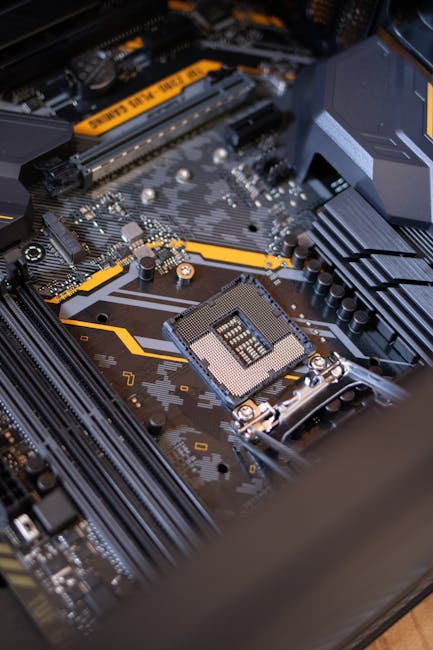
Capturing stunning portraits requires more than just a good camera and a willing subject. To truly elevate your portrait photography skills to a professional level, mastering advanced techniques is essential. In this comprehensive guide, we will delve into the intricacies of professional portrait photography, providing you with practical tips and insights to help you take your portraits to the next level.
One of the key elements of professional portrait photography is understanding lighting. Lighting can make or break a portrait, so learning how to manipulate and control light is crucial. Experiment with natural light, studio lighting, and off-camera flash to see how different lighting setups can dramatically change the mood and feel of your portraits. Remember to pay attention to the direction, intensity, and quality of light to create flattering and dynamic portraits.
Another important aspect of professional portrait photography is composition. Composition refers to how elements are arranged within the frame of your photograph. Experiment with different compositions such as the rule of thirds, leading lines, and framing to add visual interest and impact to your portraits. Don’t be afraid to try unconventional compositions to create unique and compelling portraits.
In addition to lighting and composition, mastering posing techniques is essential for professional portrait photography. Work with your subjects to find flattering angles and poses that highlight their best features. Encourage natural and relaxed expressions by engaging with your subjects and creating a comfortable and enjoyable environment during the photoshoot. Remember that posing is not just about physical positioning but also about capturing the essence and personality of your subject.
Post-processing is another crucial aspect of professional portrait photography. Use editing software like Adobe Lightroom or Photoshop to enhance your portraits, adjusting exposure, color balance, and sharpness to achieve a polished and professional look. Experiment with different editing styles to find a post-processing workflow that suits your artistic vision and enhances the mood of your portraits.
To truly master advanced techniques for professional portrait photography, practice is key. Take the time to hone your skills, experiment with different techniques, and learn from your mistakes. Seek feedback from fellow photographers or mentors to gain valuable insights and improve your craft. Remember that every photoshoot is an opportunity to learn and grow as a photographer.
In conclusion, mastering advanced techniques for professional portrait photography requires a combination of technical skill, creativity, and practice. By understanding lighting, composition, posing, and post-processing, you can elevate your portraits to a professional level. Remember to experiment, be creative, and never stop learning. With dedication and perseverance, you can create stunning portraits that capture the beauty and essence of your subjects.







